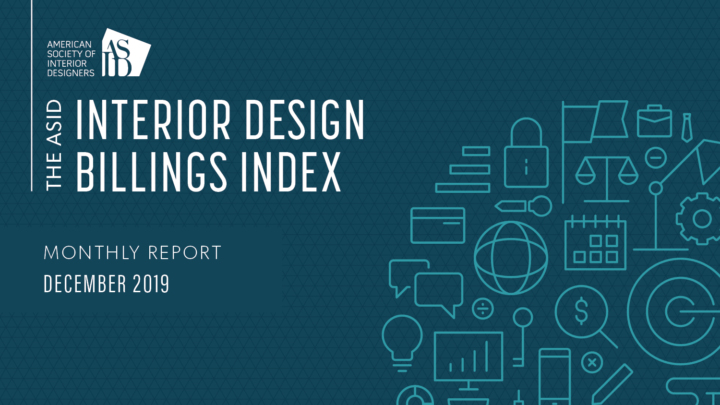Active Living through Interior Design: Senior Residential Environments and Affordable Assistive Technologies
Title: Active Living through Interior Design: Senior Residential Environments and Affordable Assistive Technologies
Research Team: Elif Tural, PhD, WELL AP, LEED Green Associate, IDEC, IES; Lisa Tucker, PhD; Nancy Brossoie, PhD; Helene Renard; and Kathleen Meaney
Institution: Virginia Tech University
RESEARCH SUMMARY
While most older adults of varying income and ability levels prefer to age in place, the majority of residences lack the necessary design features to support independent living. Beyond the need to modify and adapt homes of the growing senior population for basic safety reasons, such as preventing falls, residential environments should also promote healthy lifestyle behaviors among older populations, such as getting regular physical activity, which could reduce the chronic disease burden in this population, and improve their overall health. One approach to promoting physical activity and less sedentary behavior is “active living,” defined as integrating any form of physical activity into daily routines. Since older adults spend a majority of their time indoors, and tend to have reduced mobility and agility compared to younger groups, examining the interior built environment and design factors that would support active living in their homes has great potential. This includes promoting healthy lifestyle behaviors for physical and mental health, and preventing (or at least slowing) the onset of a chronic condition.
This study addressed how environmental modifications and interior applications of electronic and non-electronic assistive technologies can support active living of older adults of varying income levels, going beyond basic accessibility factors. Through a survey conducted online and in-person at various sites with a diverse group of older adults (n = 130), and a focus group study preceded by a hands-on educational session (n=15), we examined seniors’ initial perceptions and attitudes toward currently available interior design features and ambient assistive technologies that would support active living at their homes. The focus group discussions identified the barriers to adoption, gaps between existing technologies, and current and future needs of seniors for active living. The findings underscore the necessity of affordable, less complex technologies at home. In addition, they demonstrate how older adults are willing to invest in safety-enhancing technologies that would support independent and active living at home even if such technologies are not the most affordable options. Privacy concerns and return on investment emerged as the most significant barriers to high-tech assistive technologies, highlighting distrust in technology and financial concerns as underlying factors for older adults’ technology acceptance at home.


